Nonprofit Neighborhoods

EDITED BY LILIA FERNNDEZ, TIMOTHY J. GILFOYLE, AND AMANDA I. SELIGMAN
JAMES R. GROSSMAN, EDITOR EMERITUS
Recent titles in the series
Mike Amezcua, MAKING MEXICAN CHICAGO: FROM POSTWAR SETTLEMENT TO THE AGE OF GENTRIFICATION
William Sites, SUN RAS CHICAGO: AFROFUTURISM AND THE CITY
David Schley, STEAM CITY: RAILROADS, URBAN SPACE, AND CORPORATE CAPITALISM IN NINETEENTH-CENTURY BALTIMORE
Rebecca K. Marchiel, AFTER REDLINING: THE URBAN REINVESTMENT MOVEMENT IN THE ERA OF FINANCIAL DEREGULATION
Steven T. Moga, URBAN LOWLANDS: A HISTORY OF NEIGHBORHOODS, POVERTY, AND PLANNING
Andrew S. Baer, BEYOND THE USUAL BEATING: THE JON BURGE POLICE TORTURE SCANDAL AND SOCIAL MOVEMENTS FOR POLICE ACCOUNTABILITY IN CHICAGO
Matthew Vaz, RUNNING THE NUMBERS: RACE, POLICE, AND THE HISTORY OF URBAN GAMBLING
Ann Durkin Keating, THE WORLD OF JULIETTE KINZIE: CHICAGO BEFORE THE FIRE
Jeffrey S. Adler, MURDER IN NEW ORLEANS: THE CREATION OF JIM CROW POLICING
David A. Gamson, THE IMPORTANCE OF BEING URBAN: DESIGNING THE PROGRESSIVE SCHOOL DISTRICT, 18901940
Kara Murphy Schlichting, NEW YORK RECENTERED: BUILDING THE METROPOLIS FROM THE SHORE
Mark Wild, renewal: LIBERAL PROTESTANTS AND THE AMERICAN CITY AFTER WORLD WAR II
Meredith Oda, THE GATEWAY TO THE PACIFIC: JAPANESE AMERICANS AND THE REMAKING OF SAN FRANCISCO
Sean Dinces, BULLS MARKETS: CHICAGOS BASKETBALL BUSINESS AND THE NEW INEQUALITY
Julia Guarneri, NEWSPRINT METROPOLIS: CITY PAPERS AND THE MAKING OF MODERN AMERICANS
Kyle B. Roberts, EVANGELICAL GOTHAM: RELIGION AND THE MAKING OF NEW YORK CITY, 17831860
Amanda I. Seligman, CHICAGOS BLOCK CLUBS: HOW NEIGHBORS SHAPE THE CITY
Timothy B. Neary, CROSSING PARISH BOUNDARIES: RACE, SPORTS, AND CATHOLIC YOUTH IN CHICAGO, 19141954
Julia Rabig, THE FIXERS: DEVOLUTION, DEVELOPMENT, AND CIVIL SOCIETY IN NEWARK, 19601990
Aaron Shkuda, THE LOFTS OF SOHO: GENTRIFICATION, ART, AND INDUSTRY IN NEW YORK, 19501980
Mark Krasovic, THE NEWARK FRONTIER: COMMUNITY ACTION IN THE GREAT SOCIETY
Ansley T. Erickson, MAKING THE UNEQUAL METROPOLIS: SCHOOL DESEGREGATION AND ITS LIMITS
Andrew L. Slap and Frank Towers, eds., CONFEDERATE CITIES: THE URBAN SOUTH DURING THE CIVIL WAR ERA
Evan Friss, THE CYCLING CITY: BICYCLES AND URBAN AMERICA IN THE 1890S
A complete list of series titles is available on the University of Chicago Press website.
Nonprofit Neighborhoods
An Urban History of Inequality and the American State
CLAIRE DUNNING
THE UNIVERSITY OF CHICAGO PRESS
CHICAGO AND LONDON
The University of Chicago Press, Chicago 60637
The University of Chicago Press, Ltd., London
2022 by The University of Chicago
All rights reserved. No part of this book may be used or reproduced in any manner whatsoever without written permission, except in the case of brief quotations in critical articles and reviews. For more information, contact the University of Chicago Press, 1427 E. 60th St., Chicago, IL 60637.
Published 2022
Printed in the United States of America
31 30 29 28 27 26 25 24 23 22 1 2 3 4 5
ISBN -13: 978-0-22681990-7 (cloth) ISBN -13: 978-0-22681989-1 (paper) ISBN -13: 978-0-22681991-4 (e-book) DOI : https://doi.org/10.7208/chicago/9780226819914.001.0001
Library of Congress Cataloging-in-Publication Data Names: Dunning, Claire, author.
Title: Nonprofit neighborhoods : an urban history of inequality and the American state / Claire Dunning.
Other titles: Historical studies of urban America.
Description: Chicago : The University of Chicago Press, 2022. | Series: Historical studies of urban America | Includes bibliographical references and index.
Identifiers: LCCN 2021050910 | ISBN 9780226819907 (cloth) | ISBN 9780226819891 (paperback) | ISBN 9780226819914 (ebook) Subjects: LCSH : Neighborhood assistance programsMassachusettsBoston. | Federal aid to nonprofit organizationsMassachusettsBoston. | Federal aid to community developmentMassachusettsBoston. | Community developmentMassachusettsBoston. | Urban poorServices forMassachusettsBoston. | SegregationMassachusettsBoston.
Classification: LCC HT 177. B 6 D 85 2022 | DDC 307.1/4160974461dc23/eng/20211029
LC record available at https://lccn.loc.gov/2021050910
 This paper meets the requirements of ANSI/NISO Z 39.48-1992 (Permanence of Paper).
This paper meets the requirements of ANSI/NISO Z 39.48-1992 (Permanence of Paper).
Contents
The Black boomerang (1963)
Renewal planning at Freedom House (1961)
Mel King at South End House (1963)
Tent City protests (1968)
Bostons Model City (ca. 1968)
Villa Victoria housing
Strategy Development Group (1994)
Building opportunity in Bostons Empowerment Zone (1994)

FIGURE 0.1. Boston and some of its neighborhood nonprofits. Neighborhood-based nonprofit organizations exist all over Boston and provide a wide range of services to residents. Depicted here are the organizations and neighborhoods most discussed in Nonprofit Neighborhoods.
Neighborhood Nonprofits
In 2014, the governor of Massachusetts made a headline-grabbing bet on social change. The bet took the form of an innovative public-private partnership known as a social impact bond or pay for success program that aimed to meet government goals via private financing, nonprofit service delivery, and third-party evaluation. The idea was simple: a government would contract with a local nonprofit organization with a proven track record of success and commit to reimburse for its services if a set of outcomes was achieved by a certain date. Until the results came in, private investorsof both the for-profit and philanthropic varietieswould front the money to cover the nonprofits expenditures working in some of the regions toughest neighborhoods with some of its hardest-to-reach people. If the nonprofits intervention hit goal targets of, say, a 40 percent reduction in recidivism among young men, the government would repay the lenders with interest and ultimately save taxpayer dollars that would have gone, in this example, to incarcerate repeat offenders. By minimizing the risk of experimentation for government and involving the expertise of trusted local nonprofits, the effort was what many called a win-win.
The state government in Massachusetts launched the social impact bond, but in practice it was an urban program targeting anew the very old problems of American cities. For even as many spoke of an urban renaissance in Boston, the seeming contradiction of poverty amid plenty continued to characterize the commonwealths capital city and others like it. Hardly the first generation of public, corporate, and nonprofit leaders to voice concerns and take action on these issues, perhaps this constellation of partners would succeed where others had failed.
A January press conference announcing the first of three contracts in Massachusetts captured the widespread enthusiasm for data-driven results, business discipline, and cost savings that social impact bonds were supposed to deliver. The Pay for Success initiative will help us marry smart financial solutions with programs proven successful, Governor Deval Patrick stated, while another administration official assured a focus on government paying for demonstrated results, rather than simply the hope for success.

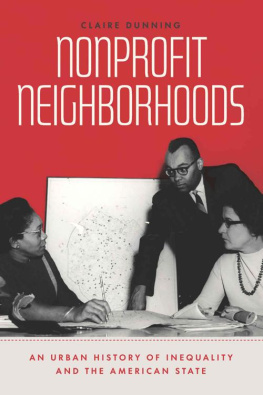


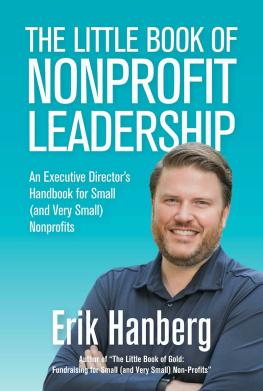
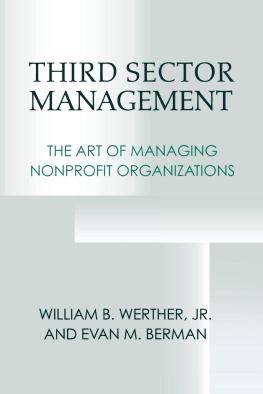
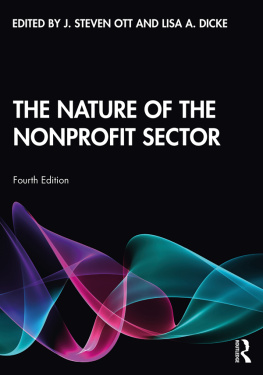
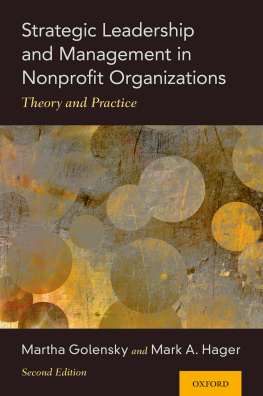
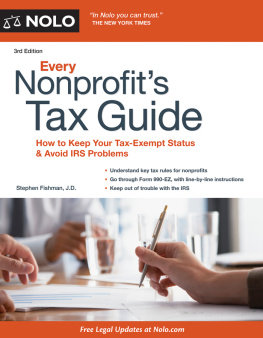

 This paper meets the requirements of ANSI/NISO Z 39.48-1992 (Permanence of Paper).
This paper meets the requirements of ANSI/NISO Z 39.48-1992 (Permanence of Paper).